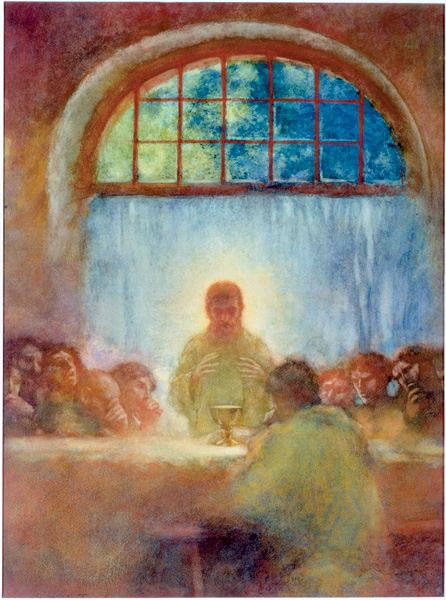Image Details

Hermitage, St. Petersburg, Russia/Bridgeman Art Library
“Then he took a cup, and after giving thanks he gave it to them, saying, ‘Drink from it, all of you; for this is my blood of the covenant, which is poured out for many for the forgiveness of sins’” (Matthew 26:27–28). The cup used by Jesus at the Last Supper—depicted in this 1897 work by French painter Gaston de la Touche—has been known since the Middle Ages as the Holy Grail. Pilgrims and knights and archaeologists have pursued this relic to the ends of the earth, but as Ben Witherington III argues in the accompanying article, the Grail quest is misguided. The Holy Grail was important for Jesus and his early followers as a symbol, not as some kind of magical object.
Cups in the Old Testament often symbolized God’s wrath, as in Isaiah 51:17: “Awake, awake! Rise up, O Jerusalem, you who have drunk from the hand of the Lord, the cup of his wrath, you who have drained it to its dregs.” The cup used at the Last Supper also connoted death and worldly suffering; but in Jesus’ hands it also took on a new symbolism: redemption.
